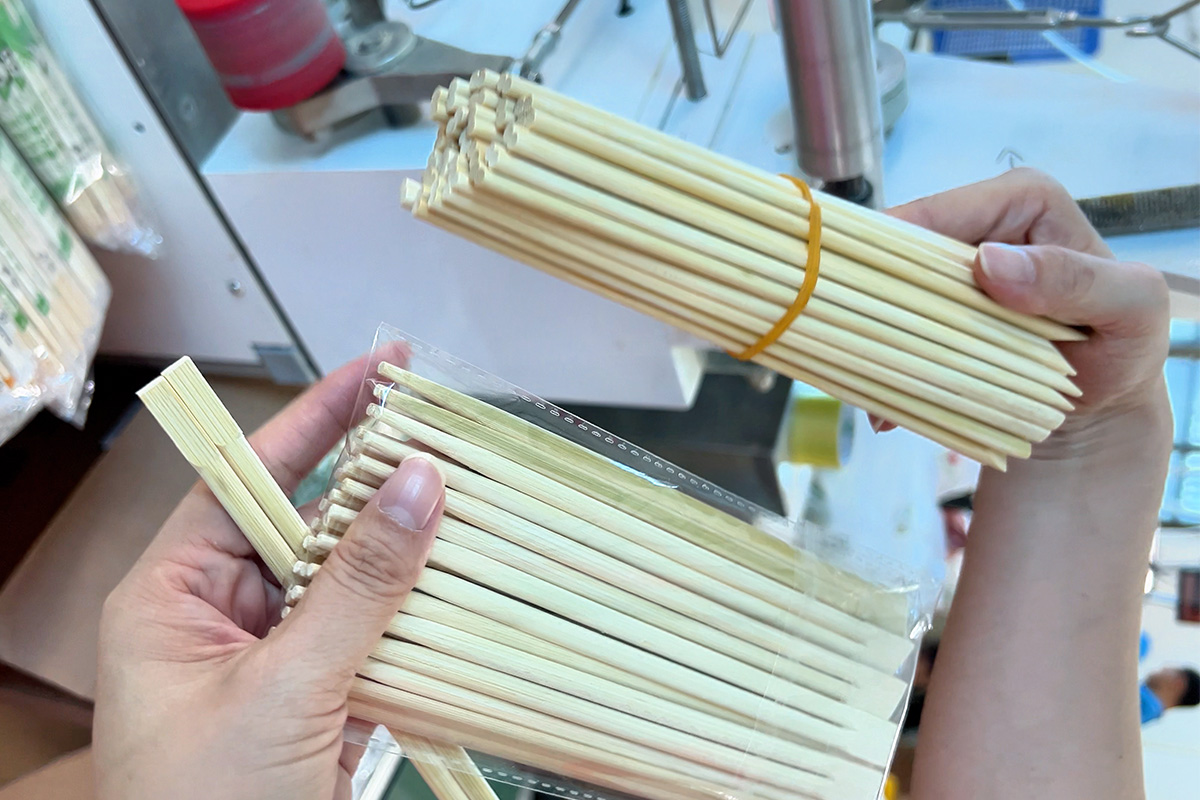
Understand China's export regulations:
Before importing bamboo chopsticks, importers need to understand China's export regulations, including product quality standards, inspection and quarantine requirements, etc. This helps ensure that the imported bamboo chopsticks comply with China's export regulations and avoid subsequent quality problems or return risks.
Sign a purchase contract:
Once the supplier is determined, the importer needs to sign a purchase contract with the supplier. The contract should specify key information such as the variety, specifications, quantity, price, delivery method, quality standards, and inspection and quarantine requirements of the bamboo chopsticks.
Handle import formalities:
Before the bamboo chopsticks arrive in the importing country, the importer needs to handle relevant import formalities, including declaration to the customs, payment of tariffs and value-added tax, etc. At the same time, importers also need to provide necessary documents, such as import contracts, invoices, packing lists, bills of lading, etc., to prove the legality and authenticity of the import.
Inspection and quarantine:
After arriving in the importing country, imported bamboo chopsticks usually need to be inspected by local inspection and quarantine agencies. This includes inspections of appearance, internal quality, and food contact safety. If the inspection is qualified, the importer can go through customs clearance procedures and pick up the goods; if the inspection is unqualified, there may be risks such as return, destruction or reprocessing.

